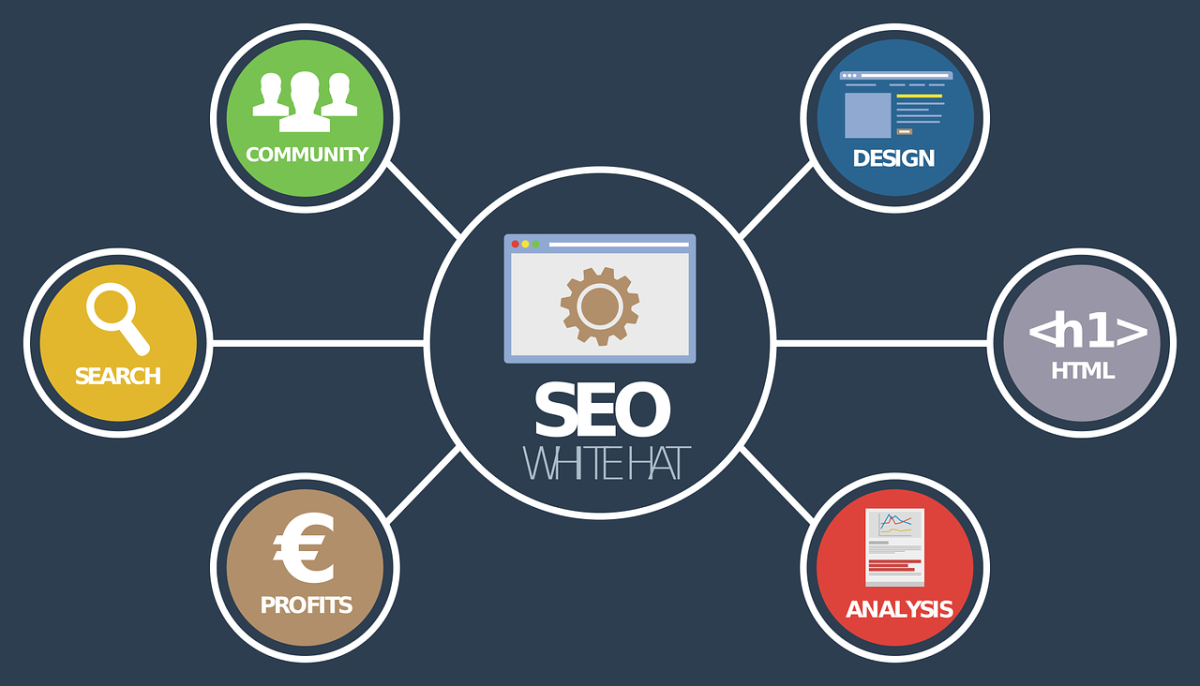As we have discussed before, engaging with the audience in a consistent and meaningful manner is paramount. Responding to comments, fostering discussions, and actively participating in conversations demonstrate a commitment to audience engagement. This interaction fosters a sense of community, strengthens relationships, and encourages repeat visits and engagement.
Responding to blog comments is crucial for several reasons:
- Engagement and Interaction: Responding to comments encourages interaction and engagement with your audience. It creates a dialogue, fosters a sense of community, and makes visitors feel heard and valued. This engagement can lead to a loyal readership and increased return visits.
- Building Relationships: Engaging with commenters helps build relationships and connections with your audience. It allows you to understand their perspectives, address their concerns, and establish rapport, leading to a stronger connection between you and your readers.
- Encouraging Participation: When readers see that their comments receive responses, they are more likely to participate in discussions, share their opinions, or ask questions. This active participation can stimulate conversations and add depth to your content.
- Demonstrating Expertise and Authority: By responding to comments, you have the opportunity to provide further insights, elaborate on points, or offer additional information. This showcases your expertise in the subject matter and reinforces your authority in your niche.
- Improving SEO and Content Relevance: User-generated content in the form of comments can contribute to the relevance of your blog post. Engaging with comments keeps the discussion going, potentially adding more keywords or valuable information related to the topic, which can benefit your SEO efforts.
- Addressing Concerns and Queries: Responding to comments allows you to address any concerns, queries, or misconceptions that readers might have. This proactive approach helps in clarifying information and resolving issues, improving reader satisfaction.
- Encouraging Return Visits: When visitors feel acknowledged and engaged with, they are more likely to return to your blog. Consistent interaction with commenters creates a welcoming environment, prompting them to revisit your site.
- Feedback and Ideas: Comments can provide valuable feedback, suggestions, or ideas for future content. Engaging with commenters allows you to gather insights and understand your audience’s preferences, which can guide your content strategy.
Responding to blog comments goes beyond acknowledging individual remarks; it fosters a sense of community, encourages active participation, and demonstrates your commitment to engaging with your audience. It’s a crucial aspect of building a vibrant and interactive blog that resonates with readers and creates a more enriching experience for all involved.









